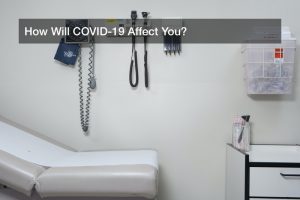New Study Finds Simple and Effective Treatment for Migraine Pain

 Migraines rank in the top 20 disabling illnesses worldwide, but migraine sufferers may finally have reason to rejoice. A recent study suggests that there is a simple and effective treatment for the debilitating condition.
Migraines rank in the top 20 disabling illnesses worldwide, but migraine sufferers may finally have reason to rejoice. A recent study suggests that there is a simple and effective treatment for the debilitating condition.
The ongoing study, which is being conducted by researchers at the Albany Medical Center in New York, found that administering lidocaine into a nerve behind patients’ noses can help alleviate migraine pain significantly.
The procedure involves inserting a very thin catheter into a patient’s nasal passages and then administering lidocaine into the sphenopalatine ganglion.
“When the initial numbing of the lidocaine wears off, the migraine trigger seems to no longer have the maximum effect that it once did,” Dr. Kenneth Mandato told Time. Dr. Mandato is the study’s lead researcher at Albany Medical Center.
Migraines are most common during a person’s peak productive years, between the ages of 25 and 55. In addition to a severe headache, migraine sufferers also experience extreme sensitivity to light, sound, touch, and smell; nausea and vomiting; dizziness; visual disturbances; and numbness or tingling in the limbs or face.
The treatment performed in the study is minimally invasive. No needles are used to administer the medication, and the procedure does not necessitate anesthesia.
According to CBS News, the study focused on 112 patients, all approximately 45 years old, and all of whom had been diagnosed with migraines or cyclical cluster headaches.
Participants in the study were asked to rank their migraine pain on a scale of one to 10, both before and after the procedure. Before the procedure, pain averaged around eight. After, pain averaged around four.
Preliminary findings were not definitive — of course, the study is limited to a small sampling and some of the participants saw no changes in their migraine pain. However, an impressive 88% of participants saw significant reductions in their amount of pain and the occurrence of migraine headaches, which does suggest that the treatment could help.
“This preliminary study represents a potentially important advancement for migraine sufferers that are not responsive to other treatment options,” says Dr. Adam Smith, No Pain Hanna. “Future studies should be conducted to confirm these initial findings and to identify which migraine subtypes are most responsive to lidocaine therapy.”







